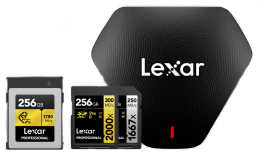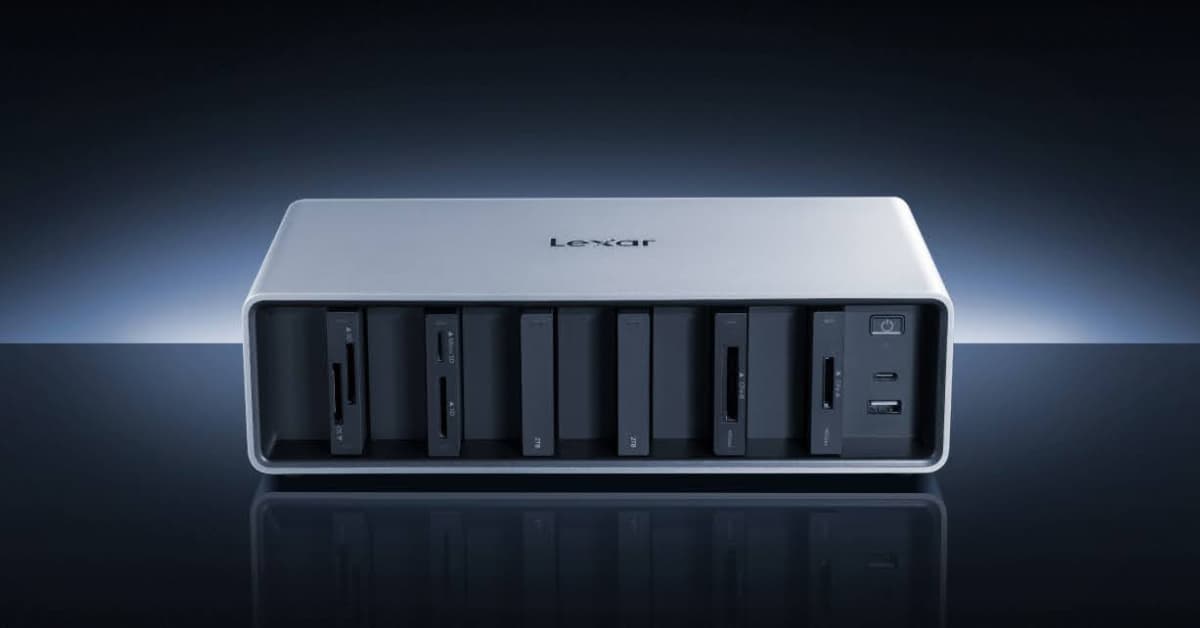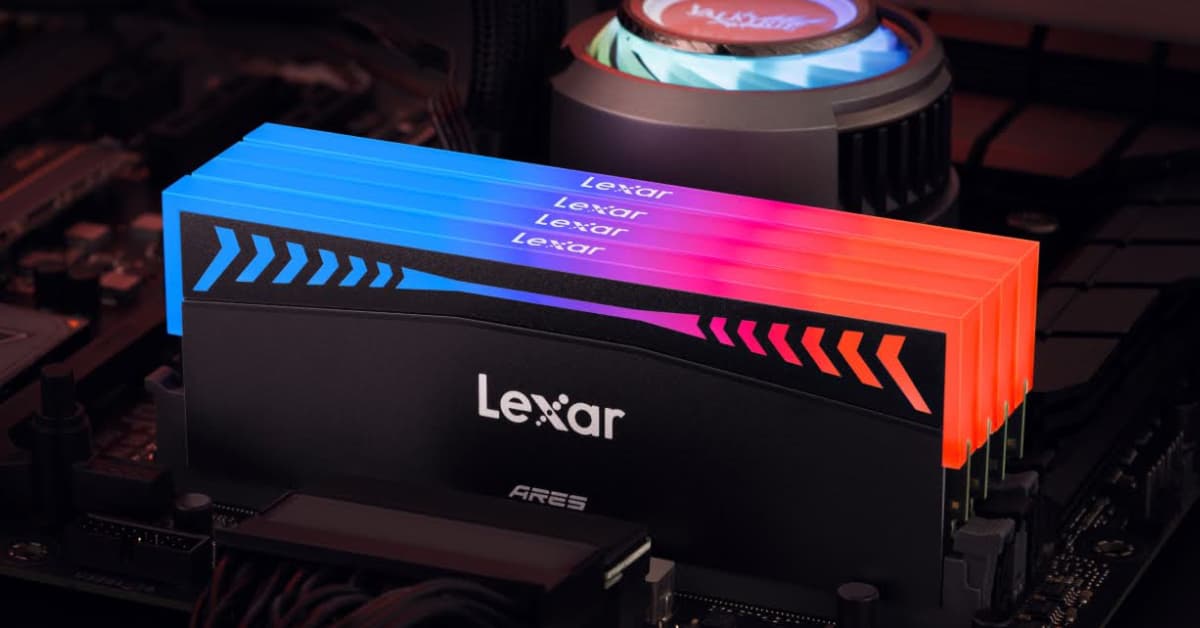
Terabytes Written (TBW) is the total amount of data you can write to your solid-state drive (SSD) before it reaches its rated endurance limit. Think of it as “SSD endurance” lifetime mileage allowance. Every time you save a file, install a game, or render a video, you’re using up this allowance.
Here’s where it gets interesting: TBW represents the point where your SSD’s NAND flash cells have been worn down enough that the manufacturer can no longer guarantee reliable performance. Beyond this threshold, you’re essentially driving on borrowed time.
Most consumer SSDs today offer TBW ratings between 150TB and 600TB, depending on capacity and quality. But what does this mean in practical terms? A 500GB drive with 300TBW could theoretically handle 300 terabytes of writes before reaching its endurance limit. For the average user writing 10GB per day, that’s over 80 years of use.
The problem is: creators and gamers aren’t average users.
Limits of Standard TBW Calculations
When manufacturers calculate TBW ratings, they use standardized workloads that don’t reflect real-world creative and gaming scenarios. Daily video rendering could easily write 50GB-100GB per day instead of the assumed 10GB. Simple math shows the problem: at 100GB daily writes, even a 600TBW rating drops from decades to about 16 years of theoretical life.
But here’s the twist: Drives can experience issues much earlier than even that calculation suggests. Why? Because write amplification, thermal stress, and workload patterns can dramatically accelerate wear beyond simple TBW calculations.

The Hidden Factors That Accelerate SSD Wear
Write amplification occurs when your SSD needs to erase and rewrite entire blocks just to update small portions of data. In extreme cases, a 1GB file save might trigger 3GB-4GB of actual writes to the NAND cells. Gaming applications that frequently update save files and cache data are notorious for creating high write amplification scenarios.
Temperature stress compounds the problem exponentially. Every 10°C increase in operating temperature can cut SSD lifespan in half. A compact gaming laptop or densely packed PC case isn’t just throttling performance — it’s literally cooking your storage investment.
Workload patterns matter more than total capacity. Random small writes wear SSDs faster than large sequential writes. Content creators switching between multiple video editing projects, streamers recording gameplay while running background applications, and gamers with frequently updating libraries create exactly the kind of random write patterns that accelerate wear.
Real-World TBW Requirements by User Type

Content creators and rideo editors represent the most demanding use case for SSD endurance. A single 4K video project can involve 100GB-200GB of raw footage, with editing software creating multiple temporary files, cache data, and preview renders. Professional colorists and motion graphics artists often work with uncompressed workflows that can generate 500GB+ of writes per project.
For serious content creation, we recommend SSDs with minimum 600TBW ratings, preferably 1000TBW or higher. The Lexar® NM790 M.2 2280 PCIe Gen 4×4 NVMe SSD exemplifies this approach, offering high-performance capabilities specifically designed for creators who can’t afford drive failures mid-project.
Gamers and streamers face unique endurance challenges. Modern games regularly receive multi-gigabyte updates, and popular titles can trigger 50GB-100GB downloads monthly. Add streaming software recording gameplay, and you’re looking at 20GB-40GB of daily writes during active gaming sessions.
Streaming creators hit SSDs with a double-whammy: constant game updates plus video file processing. A 500TBW rating might seem adequate, but when you factor in write amplification and the random nature of gaming workloads, you want headroom. Target 400TBW minimum for gaming-only systems, 600TBW+ if you’re creating content.
System builders and enthusiasts often underestimate endurance needs because they focus on benchmark numbers. But frequent OS installations, benchmarking sessions, and software testing create surprisingly high write volumes. Each Windows installation writes 15GB-25GB, and enthusiasts might reinstall monthly while tweaking systems.
Professional system integrators building client machines need to consider long-term reliability over peak performance numbers. A drive that benchmarks 10% faster but has half the TBW rating isn’t a bargain — it’s a potential warranty claim.
How Different SSD Technologies Affect Endurance
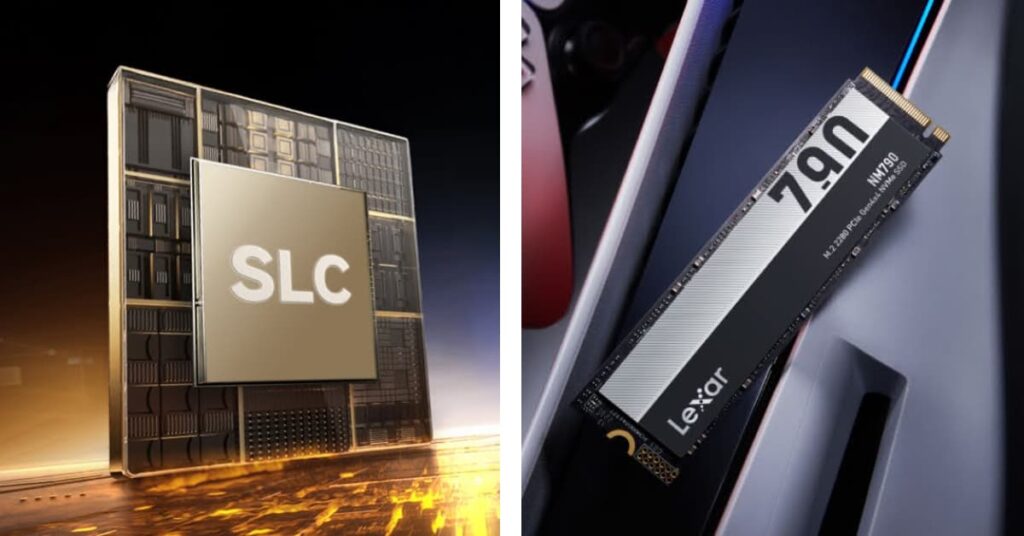
Single-level cell (SLC) technology offers the highest endurance but at premium pricing. Each cell stores one bit of data, allowing for 50,000-100,000 write cycles before wear. These drives typically offer 1000TBW+ ratings but cost 3-5x more than consumer alternatives.
Multi-level cell (MLC) stores two bits per cell, reducing endurance to 3,000-10,000 cycles but offering better price-per-TB ratios. Quality MLC drives still deliver 400TBW-800TBW ratings suitable for demanding workloads.
Triple-level cell (TLC) dominates the consumer market, storing three bits per cell. Endurance drops to 500-3,000 cycles, but advanced controller algorithms and over-provisioning maintain respectable TBW ratings. Modern TLC drives like the Lexar® NM790 M.2 2280 PCIe Gen 4×4 NVMe SSD achieve excellent endurance through sophisticated wear leveling and error correction.
Quad-level cell (QLC) maximizes capacity by storing four bits per cell, but endurance suffers dramatically. Typical QLC drives offer 150TBW-300TBW ratings, which are adequate for casual use but problematic for intensive workloads.
The key insight? Don’t dismiss TLC drives based on cell technology alone. Implementation quality, controller sophistication, and over-provisioning matter more than raw cell endurance numbers.
Calculating Your TBW Requirements
Start by monitoring your actual write volumes for 2-4 weeks using tools like CrystalDiskInfo or your SSD manufacturer’s monitoring software. Most users are shocked to discover they’re writing 2x-3x more data than expected.
To calculate minimum TBW requirements:
- Measure daily writes during typical heavy-use periods
- Multiply by 1.5x to account for write amplification
- Multiply by 365 for annual write volume
- Multiply by desired lifespan (5-7 years for most users)
- Add 50% safety margin for workload growth and unexpected projects
Here’s an example calculation for a content creator writing 50GB daily:
- 50GB × 1.5 (amplification) = 75GB actual writes
- 75GB × 365 = 27.4TB annually
- 27.4TB × 6 years = 164TB total
- 164TB × 1.5 (safety margin) = 246TB minimum TBW requirement
This creator should target drives with 400TBW+ ratings for comfortable long-term use.
Monitoring and Maximizing Your SSD’s Endurance
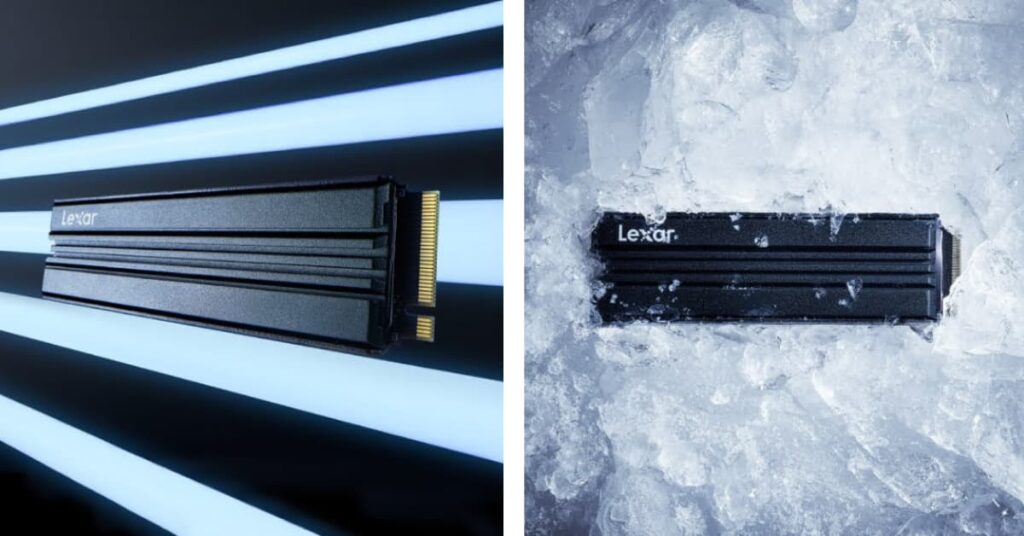
Understanding TBW ratings means nothing if you can’t track your actual usage and optimize for longevity. Modern SSDs include built-in monitoring through SMART attributes, but interpreting this data requires knowing what to look for.
The most critical metrics to monitor include:
- Data Units Written – tracks your progress toward the TBW limit
- Percentage Used – shows wear level as a percentage of rated endurance
- Available Spare – indicates remaining over-provisioned cells
- Temperature – critical for preventing accelerated wear
- Unsafe Shutdowns – power interruptions can cause premature wear
Professional monitoring tools like CrystalDiskInfo provide easy-to-read displays of these metrics, while manufacturer software often includes more detailed analytics and optimization features.
Temperature management represents the single most impactful factor you can control. Every 10°C reduction in operating temperature can double your SSD’s lifespan. Ensure adequate case airflow, consider dedicated M.2 heatsinks like those integrated into the Lexar® NM790 with Heatsink M.2 2280 PCIe Gen 4×4 NVMe SSD, and avoid placing drives near heat-generating components.
Over-provisioning trades raw capacity for endurance improvements. Setting aside 10%-20% of your drive’s capacity as unallocated space gives the controller more cells to work with, reducing wear on any individual cell. Many enthusiasts voluntarily over-provision their drives, essentially buying a 1TB drive but only using 800GB for dramatically improved longevity.
Write optimization involves configuring your system to minimize unnecessary writes. Disable hibernation on desktop systems, move page files to dedicated drives, and configure applications to store temporary files on mechanical storage when possible.
When TBW Ratings Don’t Tell the Whole Story
Manufacturer TBW ratings assume ideal conditions that rarely exist in real-world scenarios. Temperature extremes, power quality issues, and firmware bugs can all cause drives to fail well before reaching their rated endurance limits.
Professional testing has shown enterprise SSDs with high TBW ratings experiencing issues after moderate usage due to firmware complications, while consumer drives with lower TBW ratings continue operating well beyond their rated specifications. While TBW provides a baseline for comparison, drive quality, thermal management, and usage patterns matter more for real-world reliability.
Warranty considerations add another layer of complexity. Most manufacturers honor warranties based on either TBW limits OR time periods (whichever comes first). A drive with a 5-year warranty and 600TBW rating might fail after 3 years and 300TB of writes, leaving you without coverage despite staying within the TBW specification.
Performance degradation often begins well before drives reach their TBW limits. As spare cells are consumed and garbage collection becomes less efficient, write performance can drop dramatically. A drive that starts at 3000MB/s writes might slow to 500MB/s as it approaches its endurance limit.
This performance cliff matters more than absolute failure for many professional workflows. A video editor whose render times triple due to SSD wear might need to replace drives at 70%-80% of their TBW rating to maintain productivity.
Choosing the Right SSD for Your Endurance Needs
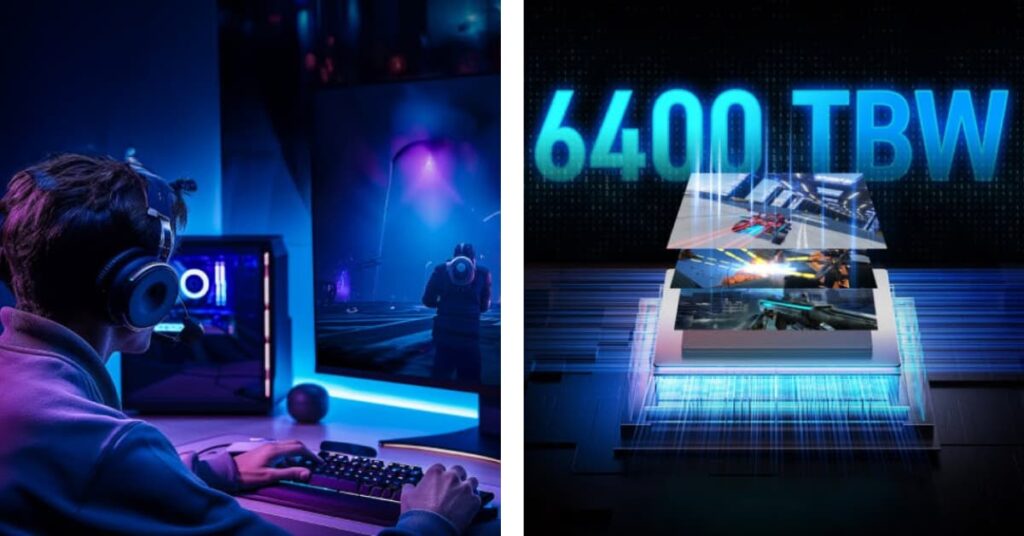
With understanding of TBW requirements and monitoring techniques, selecting the optimal SSD becomes a strategic decision rather than a specs comparison exercise.
Budget-conscious users writing less than 10GB daily can safely choose quality TLC drives with 300TBW-400TBW ratings. Focus on reputable brands with good warranty coverage rather than chasing maximum TBW numbers you’ll never approach.
Content creators should prioritize drives with 600TBW+ ratings and sophisticated thermal management. The Lexar® NM790 M.2 2280 PCIe Gen 4×4 NVMe SSD exemplifies this approach, combining high-performance capabilities with advanced controller technology designed for sustained workloads.
Professional Workstations justify premium drives with 1000TBW+ ratings when downtime costs exceed drive price premiums. Calculate the cost of lost productivity during drive failures versus investing in higher-endurance storage upfront.
Gaming Systems benefit from approaches that balance sufficient TBW for game libraries and updates without over-spending on endurance you won’t use. The Lexar® PLAY 2280 PCIe 4.0 SSD offers excellent gaming performance with endurance up to 6400 TBW, designed specifically for gaming workloads.
The key insight? Match your TBW requirements to your actual usage patterns, not theoretical maximums or marketing claims.
Advanced SSD Technologies and Endurance Improvements
SSD endurance isn’t standing still. Emerging technologies promise to reshape how we think about TBW ratings and drive longevity over the next 3-5 years.
3D NAND innovations continue pushing cell density higher while maintaining or improving endurance characteristics. Advanced manufacturing processes demonstrate how vertical scaling can increase capacity without sacrificing durability.
Advanced controller algorithms now incorporate machine learning to predict and prevent wear patterns before they cause problems. These smart controllers can dynamically adjust over-provisioning, optimize garbage collection timing, and even predict failure modes days or weeks in advance.
Storage class memory technologies promise alternative approaches that could deliver SSD-like performance with dramatically higher endurance. Technologies based on resistive RAM (ReRAM) or magnetoresistive RAM (MRAM) promise to combine the best aspects of current SSDs with near-unlimited write endurance.
But for today’s purchasing decisions, focus on proven technologies with established track records rather than waiting for breakthroughs.
Building an Endurance-Focused Storage Strategy
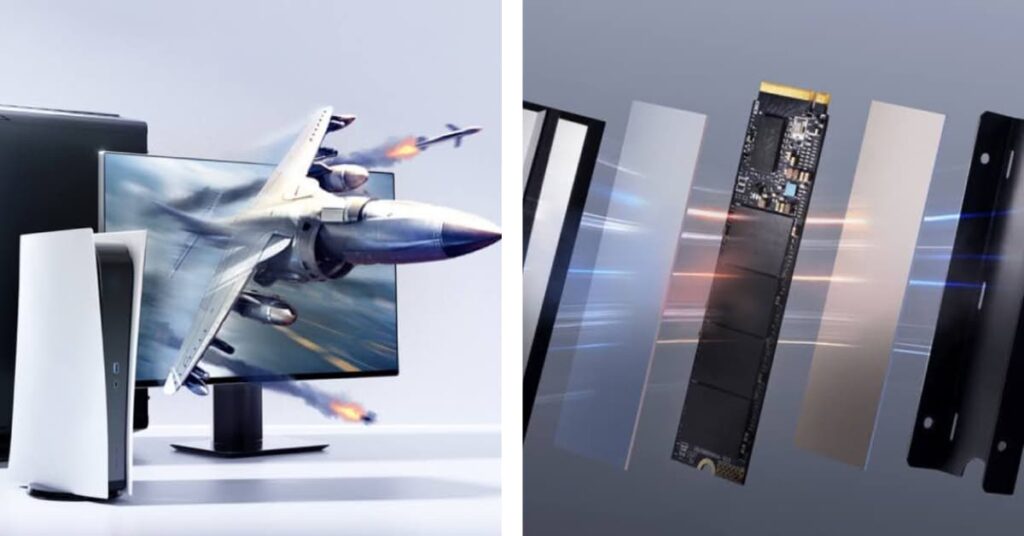
Professional users increasingly adopt tiered storage approaches that optimize both performance and endurance across multiple drives. This strategy recognizes that different data types have vastly different access patterns and longevity requirements.
Tier 1: High-endurance primary storage handles active projects, applications, and frequently accessed files. These drives prioritize TBW ratings and consistent performance over maximum capacity. Target 600TBW+ for professional workloads.
Tier 2: Balanced secondary storage holds completed projects, game libraries, and less frequently accessed content. These drives balance capacity, performance, and endurance for cost-effective bulk storage. 300TBW-500TBW ratings typically suffice.
Tier 3: Archive storage provides long-term retention for completed projects and backup data. High-capacity mechanical drives or cost-effective storage solutions work well here since write volumes remain minimal after initial data transfer.
This approach maximizes your storage budget while ensuring critical workflows aren’t compromised by drive wear or failures.
Red Flags: When to Replace SSDs Before TBW Limits
Users don’t wait for drives to reach their TBW limits before considering replacements. Several warning signs indicate it’s time to migrate to fresh storage:
- Performance Degradation – noticeable slowdowns during typical workloads
- Temperature Increases – drives running hotter than baseline measurements
- Spare Capacity Depletion – less than 10% available spare blocks remaining
- Increasing Error Rates – SMART attributes showing correctable error growth
- Approaching 80% of TBW Rating – provides buffer for unexpected high-write periods
Professional workflows can’t afford surprise failures. Proactive replacement based on these indicators prevents data loss and productivity disruptions while maintaining optimal system performance.
Take Control of Your Storage Longevity
Understanding SSD endurance TBW ratings transforms storage selection from guesswork into strategic planning. You now know how to calculate your personal requirements, monitor drive health, and optimize for maximum longevity.
Your next SSD purchase begins with understanding your write patterns, calculating TBW requirements, and selecting drives engineered for your specific workload. Whether you’re editing 4K video, managing massive game libraries, or building systems for clients, endurance matters more than peak performance numbers.
Calculate your TBW requirements today. Monitor your current drives. Build storage strategies that prioritize longevity alongside performance.When your livelihood depends on reliable storage, understanding TBW isn’t just technical knowledge — it’s professional survival.

